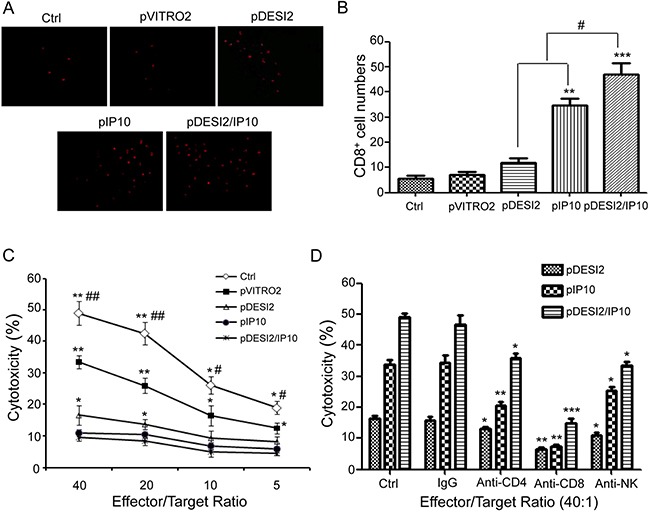Figure 6. Immunological stimulating properties of DESI2 and/or IP10.

(A) Fluorescence staining of infiltrated lymphocytes in vivo. The frozen sections were stained with anti-CD8+ (Cy5PE conjugate, red) antibody. (B) CD8+ cytotoxic lymphocyte infiltration was significantly enhanced in the tumor tissues of pDESI2/IP10, pDESI2 or pIP10 treated groups. Significant difference in CD8+T lymphocyte infiltration in tumors treated with IP10 or DESI2 versus 5% GS and pVITRO2 controls (**P < 0.01; ***P < 0.001); significant difference for tumors treated with pDESI2/IP10 versus 5% GS and pVITRO2 controls (*P < 0.05; **P < 0.01); and significant difference for the combination therapy versus DESI2 or IP10 monotherapy (#P < 0.05). (C) CTL-mediated cytotoxicity in vitro. The specific CTL activity was measured by 51Cr release assay. Spleen T lymphocytes derived from mice treated with pDESI2/IP10 showed higher cytotoxicity against parental CT26 cells than those from the other groups. Significant difference in CTL-mediated cytotoxicity from IP10 or DESI2 group versus 5% GS and pVITRO2 controls (*P < 0.05; **P < 0.01); significant difference in CTL-mediated cytotoxicity from pDESI2/IP10 group versus 5% GS and pVITRO2 controls (*P < 0.05; **P < 0.01); and significant difference for pDESI2/IP10 group versus DESI2 or IP10 monotherapy (#P < 0.05; ##P < 0.01). Bars, ± SD. Points, mean (n = 3). (D) Abrogation of CTL-mediated cytotoxicity in vitro. CTL-mediated cytotoxicity is abrogated by certain kinds of mAbs as described in Materials and Methods. The ratio of effector: target was 40:1. The pDESI2/IP10 induced tumor cytotoxic activity can be blocked by anti-CD8 mAb versus control (***P < 0.001), partial blocked by anti-CD4 mAb (*P < 0.05) or anti-NK mAb (*P < 0.05). The pIP10 or pDESI2-induced tumor cytotoxic activity was also blocked by anti-CD8 mAb (**P < 0.01), and partial blocked by anti-CD4 mAb (*P < 0.05; **P < 0.01) or anti-NK mAb (*P <0.05). Bars, SD; columns, mean (n = 3).
